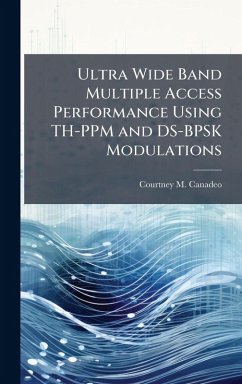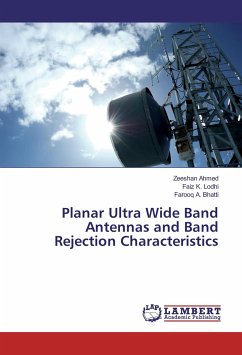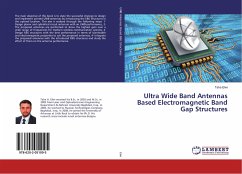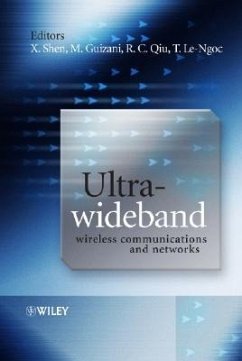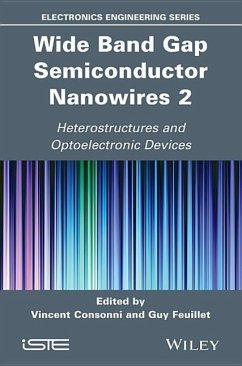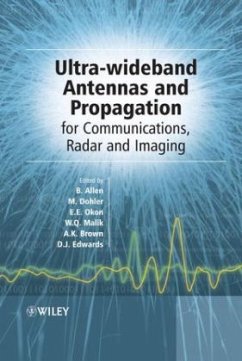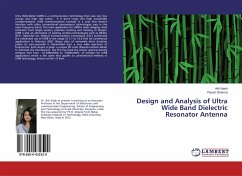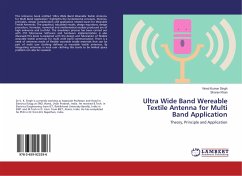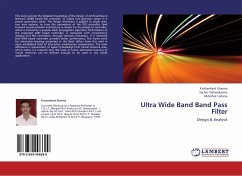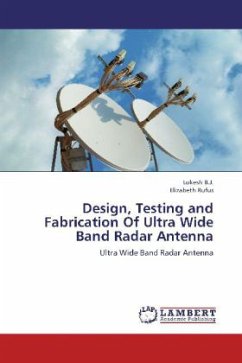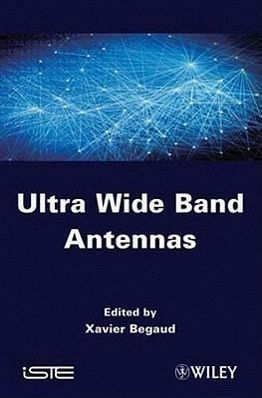
Gebundenes Buch
Ultra Wide Band Antennas
Versandkostenfrei!
Versandfertig in über 4 Wochen
Weitere Ausgaben:

PAYBACK Punkte
80 °P sammeln!




Rev. papers of the autumn school, GDR Ondes, organized in Valence, Oct. 2006.
Xavier Begaud is Associate Professor at TELECOM ParisTech in France. His main research interests are the theory, conception, modeling and characterization of wideband, dual polarized and 3D antennas (with special emphasis on numerical methods), and the design of metamaterials, channel sounders and mutual coupling analysis in the framework of UltraWideBand and Software Radio.
Produktdetails
- Verlag: Wiley
- Seitenzahl: 278
- Erscheinungstermin: 20. Dezember 2010
- Englisch
- Abmessung: 231mm x 155mm x 25mm
- Gewicht: 703g
- ISBN-13: 9781848212329
- ISBN-10: 1848212321
- Artikelnr.: 32787526
Herstellerkennzeichnung
Libri GmbH
Europaallee 1
36244 Bad Hersfeld
gpsr@libri.de
Für dieses Produkt wurde noch keine Bewertung abgegeben. Wir würden uns sehr freuen, wenn du die erste Bewertung schreibst!
Eine Bewertung schreiben
Eine Bewertung schreiben
Andere Kunden interessierten sich für


